Which Soap Dispenser to choose?
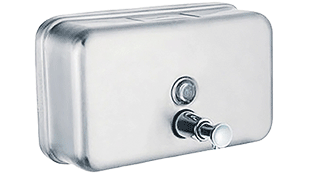
Owners of public restrooms are keen to replace traditional soap dispensers with wall-mounted or countertop dispensers. They are not only more convenient but also significantly help reduce costs and potential damage. The variety of solutions offered allows for selecting the best product depending on the method of soap application, type of soap, method of refilling dispensers, as well as aspects such as the dispenser's appearance and the material from which it is made. What solutions are available on the market?
Table of Contents:
Safety – protection against damage and theft
Soap dispensing method
Type of soap
Dispenser refilling method
Dispenser casing – which material to choose?
Types of soap and disinfectant dispensers
Safety – protection against damage and theft
Regardless of the type of dispenser, all products mounted on the wall or in the countertop are theft-resistant. While this may not be significant in small offices or private medical practices, thefts do occur in public restrooms visited daily by hundreds of different people. It is much harder to prevent the removal of a traditional dispenser in the form of a container with a pump. Wall-mounted dispensers can be equipped with a key, preventing unauthorized persons from opening them. Dispensers can be mounted using factory-fitted adhesive tape or screws. If the dispenser is mounted in a restroom where acts of vandalism occur, it is worth considering purchasing a product made of steel or choosing an automatic dispenser. It can be mounted in a structure, such as a recess behind a mirror. The user then only has access to the bottom of the dispenser, equipped with a motion sensor. The entire dispenser is hidden and thus less exposed to interference from third parties.
Soap dispensing method
Distributors on the market vary in terms of the soap dispensing method. The longest-standing solution is manual dispensers – soap is dispensed by pressing a button. This solution is gradually being replaced by automatic soap dispensers, which do not require touch operation and thus provide users with greater comfort. Both solutions have their advantages and disadvantages – illustrated in the table below:
| Manual Soap Dispenser | Automatic Soap Dispenser | |
|---|---|---|
| Advantages |
|
|
| Disadvantages |
|
|
Due to hygiene considerations in places such as shopping centers, where restrooms are particularly heavily used, electronic dispensers are recommended. Their operation is based on a motion sensor. The dispensers are designed in such a way that soap usage and refilling can be easily controlled. Their casing has transparent elements to monitor the soap level.
Among manually operated dispensers, elbow-operated dispensers are also available. These products, depending on the needs, are used for dispensing disinfectant liquid or soap onto hands. They are mainly intended for medical, dental, cosmetic, hairdressing, and other places where hand disinfection is required. The dispenser button is designed to be easily operated with an elbow, avoiding hand contact.
Type of soap
The choice of dispenser can depend on the type of soap it will be filled with. Some dispensers are designed for only one type of product, while others allow for a choice between liquid soap and foam soap. Sometimes manufacturers recommend specific soap due to its density. In such cases, the manufacturer usually offers not only dispensers but also soap.
Liquid or foam soap?
Foam soap is dispensed in a larger volume, so users use less of it. Many liquid soaps are concentrated products. A small amount is enough to wash hands effectively. However, users assess the amount of soap taken based on volume, whether it is a concentrated product or, like in the case of foam, aerated. As a result, the more economical and environmentally friendly solution is foam soap. Less is used, and less ends up in the sewage system.
Advantages of foam soap:
- Lower soap costs
- Less impact on the environment
Disinfectants
Dispensers are not only used for soap but also for disinfectants. Due to high hygiene requirements – disinfectants are usually dispensed in elbow-operated or automatic dispensers. Some disinfectant dispensers have a stand with a tray to prevent the liquid from dripping onto the floor and protect the area around the dispenser from dirt. Disinfectant dispensers must be fully sealed to maintain the contents' properties. Similar to soap, some manufacturers specify a particular disinfectant that can be used to refill the dispenser.
Heavy-duty cleaners
In industrial plants, car workshops, or factories, it is recommended to install dispensers for industrial hand cleaners. They have a different consistency than liquid soap and therefore require a different type of dispenser. An alternative to industrial hand cleaners is specialized hand emulsions with pumice. Separate dispensers are also available for this type of product.
Dispenser refilling method
Manufacturers offer dispensers that can be refilled directly by pouring soap from a canister or by replacing the soap cartridge. What are the benefits of each of these solutions?
Pouring soap from a canister:
- Wide availability of soaps in canisters in stores – easy access to the product
- Wide selection of soaps in terms of scent, consistency, composition, brand
- Wide price range – from very cheap to high-end branded soaps
Refilling soap in cartridges:
- Hygienic solution – cartridges are hermetically sealed
- Convenient replacement – no risk of spillage, no need to lift heavy canisters
- Cartridges contain soap suitable for the selected type of dispenser – manufacturer recommendations
Pouring vs. cartridge replacement – costs
Buying 5 liters of the lowest-quality soap in a canister costs about 10 PLN. This makes refilling soap by pouring seen as a more cost-saving solution. However, it should be emphasized that lower costs may result from low-quality soap. In places where hygiene is crucial, and there is a higher risk of spreading diseases, the cheapest soap may not be effective.
On the other hand, low-quality soap may be noticeable in unsatisfactory hand-washing results. This manifests as, for example, dry skin or the subjective feeling of the user. If users feel that hand washing was ineffective, they will undoubtedly repeat the process, using more soap in the process.
For savings, it is better to choose foam soap, which is also available in canisters. The savings in this case do not result from low soap quality but from using less soap per person.
When pouring soap, spillage can occur, leading to higher soap usage. This problem does not exist with refilling dispensers with ready-to-use cartridges.
Repeated refilling of the dispenser carries the risk of bacteria spreading. Contamination of soap can occur during refilling, through contact with hands, or by adding fresh soap to the remaining soap in the dispenser, which is already contaminated. Hygiene also depends on cleaning staff, who should regularly clean the entire dispenser. If not done, bacteria will multiply even in the soap. It is worth noting that cleaning a dispenser designed for pouring soap is more difficult than with cartridge dispensers.
For hygiene reasons, it is recommended to refill soap in the form of ready-to-use cartridges. They are hermetically sealed, so contamination does not occur during dispenser refilling. Replacing cartridges is much more convenient and prevents soap spillage, thus lessening the burden on cleaning staff. This refilling option also allows for a choice in soap type – liquid, foam, or spray. Cartridges come in various capacities. Dispenser manufacturers usually recommend the types of cartridges that should be purchased for the dispenser. Not following these recommendations may result in pump damage.
Dispenser casing – which material to choose?
The durability of soap dispensers can be indicated by the materials they are made of. It is possible to choose dispensers with casings made of metal or plastic. High-quality plastic is a universal choice, suitable for most restrooms, and affordable. Higher-end dispensers are usually made of stainless steel. The advantage of stainless steel is its high resistance to damage. The steel surface remains smooth and clean even after many years of use. Due to the low porosity of the material, it does not absorb dirt. It is resistant to rust and discoloration. Steel dispensers are a good choice for modern and prestigious interiors, where the quality of details, including soap dispensers, plays an important role. Other metals used to produce dispensers include aluminum.
This wide selection of dispensers allows for configuring the appropriate device. It is worth considering the users' needs, the frequency of dispenser use, the purchase costs, and the operating costs in the long run. With such an analysis and after familiarizing oneself with the advantages of different types of dispensers, the decision to purchase the best model will undoubtedly be easy.
Types of soap and disinfectant dispensers
Among the wide range of soap and disinfectant dispensers, several of the most popular models can be distinguished. Below, we present what they look like and how they are operated.
Dispenser refilled from a canister
Soap or disinfectant dispensers refilled with product from larger bottles or canisters are the most popular solution. They are appreciated for their low operating costs and the possibility of using washing liquids and soaps from different manufacturers. Soap is usually poured from 5-liter canisters or smaller bottles. Dispensers with this refilling system have an internal bottle or container for multiple refills or the casing itself acts as the soap container.
Push-button soap dispensers
Push-button soap dispensers are most commonly chosen for bathrooms and other hygiene and sanitary facilities. Once attached to the wall, they require refilling with liquid soap or foam soap. Models made of ABS plastic and stainless steel are available. To dispense a dose of soap, press the button.
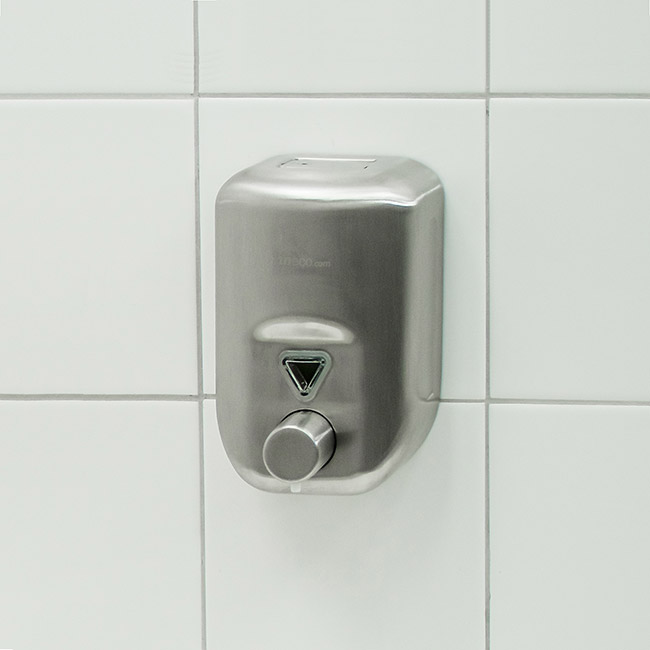
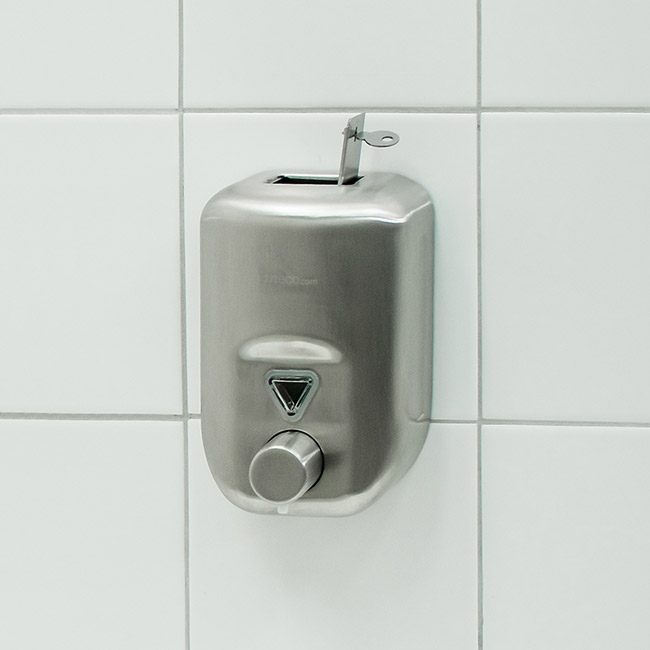
Touchless soap dispensers
Automatic dispensers ensure a high level of hygiene due to touchless liquid dispensing. Depending on the design, they can dispense soap or alcohol-based hand disinfectants. Models made of ABS plastic and stainless steel are available. To dispense a dose of product, place the hand in the motion sensor field. Touchless dispensers usually run on AA batteries, so in addition to refilling the soap, remember to replace the batteries.
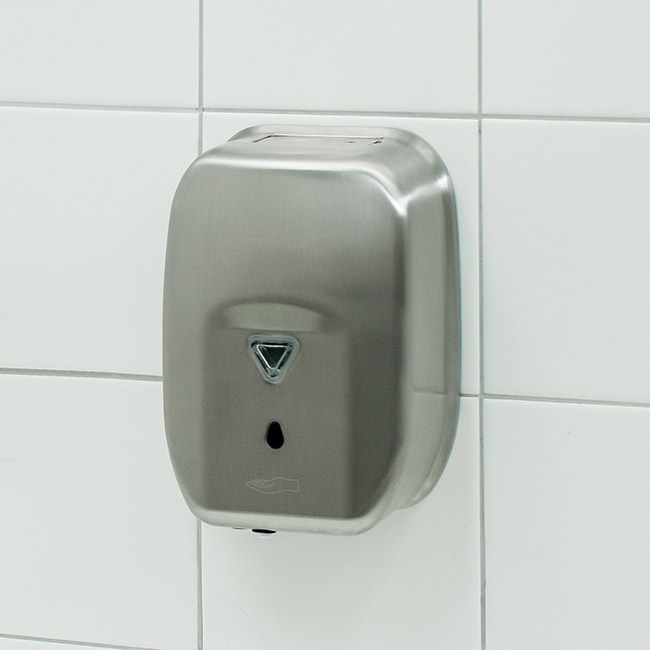
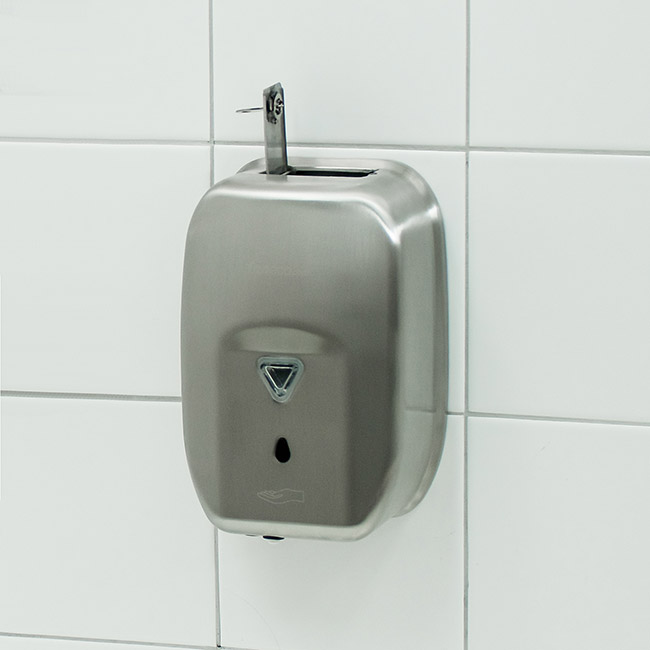
Elbow-operated dispensers
Elbow-operated dispensers ensure a high level of hygiene by dispensing liquid through pressing the so-called elbow lever. They are used in healthcare facilities, production plants, and other places where hygiene is of utmost importance. Disinfectant dispensers are designed for soap or alcohol-based hand disinfectants.
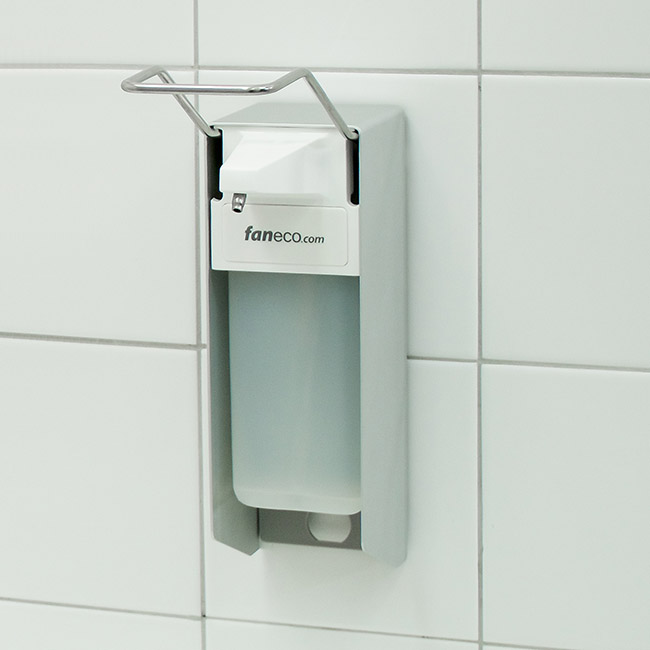
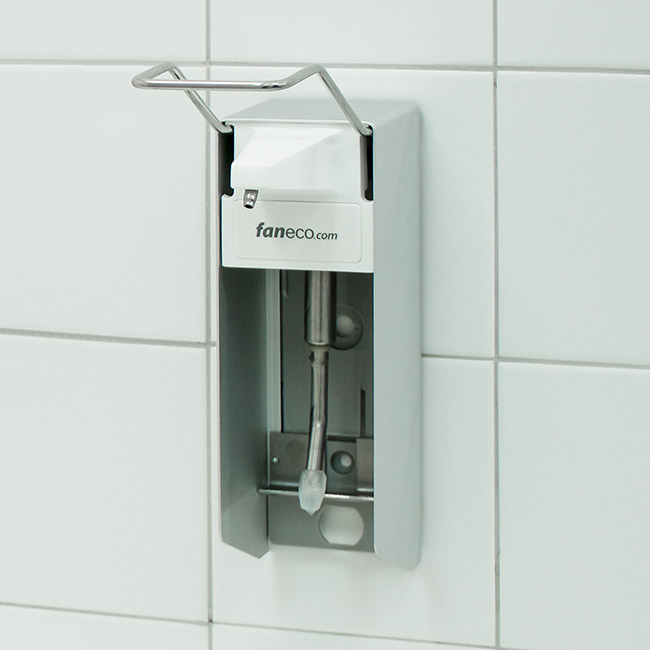
Disposable cartridge soap dispensers
Soap or disinfectant dispensers with disposable cartridges are a solution that is gradually but effectively gaining popularity. The advantage of disposable cartridge soap dispensers is the high level of hygiene – the liquid is in a sealed container, reducing the risk of contamination. This is also usually an efficient system – one 1-liter cartridge provides up to 1,000 doses. However, it is worth remembering that refill liquids in the form of liquid soap, foam soap, gel, or disinfectant cost more than their canister counterparts.
Depending on the design, these types of dispensers dispense soap by pressing a hand button, elbow button, or touchless operation.
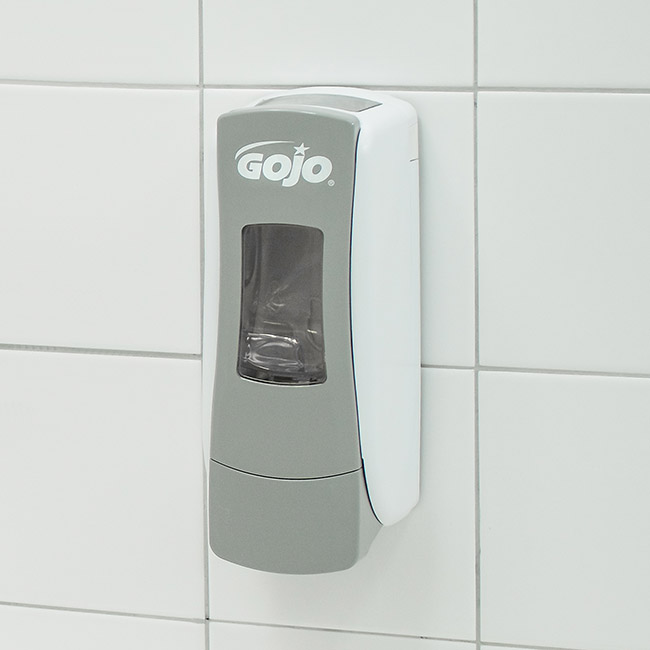
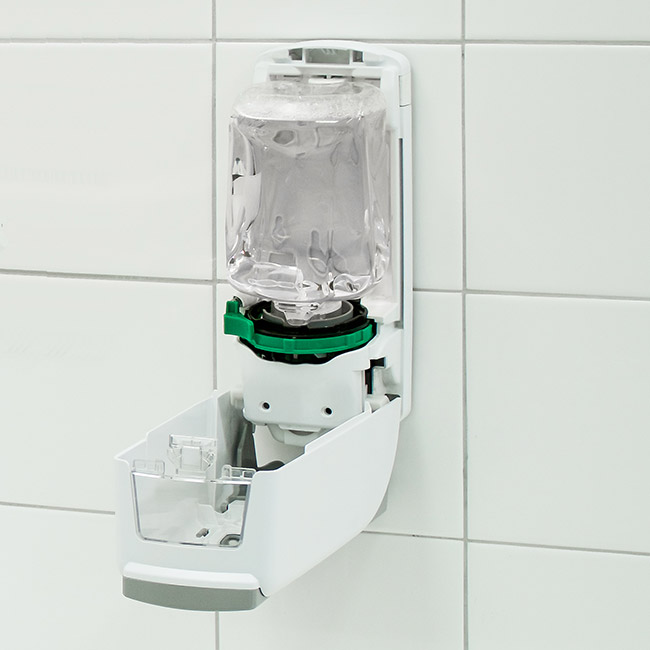
All rights reserved. No part of this publication (text, graphics, images, photos, files, and other data) presented on the OLE.PL online store may be reproduced or distributed in any form or by any means without prior permission. All trademarks, graphic marks, proprietary names, and other data are protected by copyright and belong to their owners.
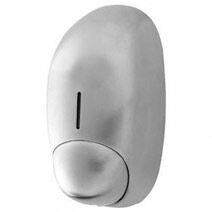
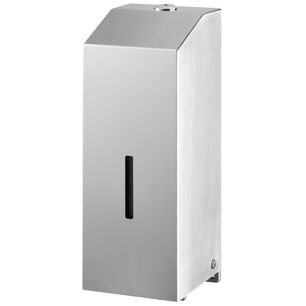
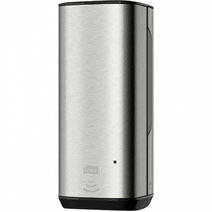
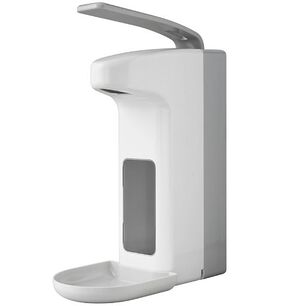
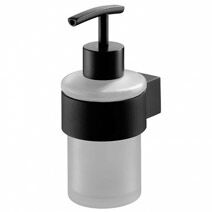
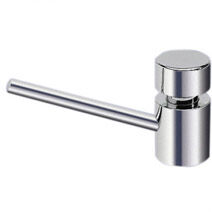
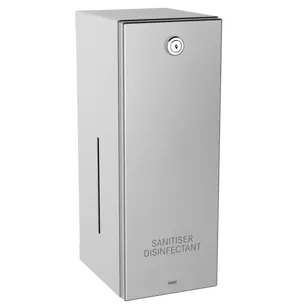
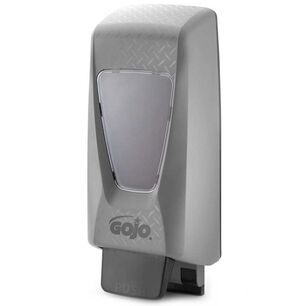
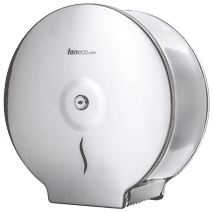
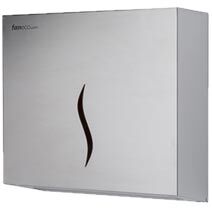
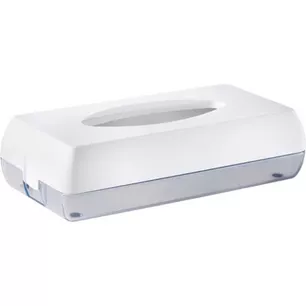
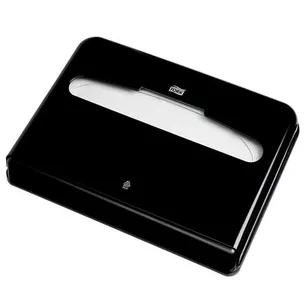
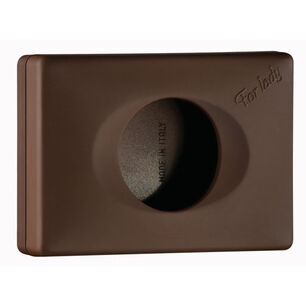
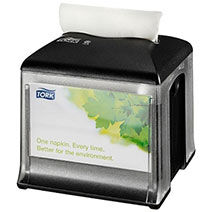
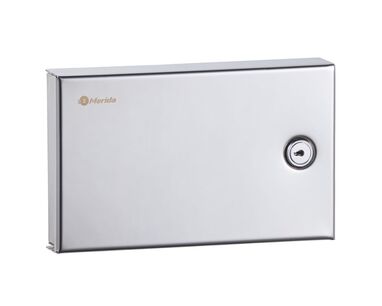
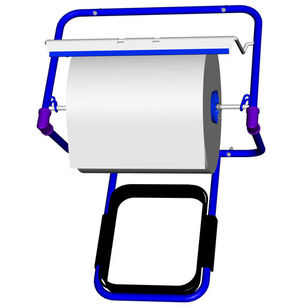
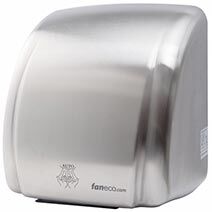
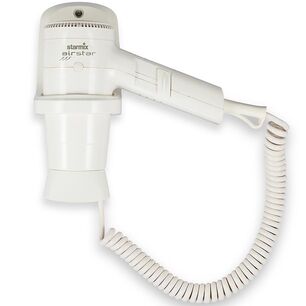
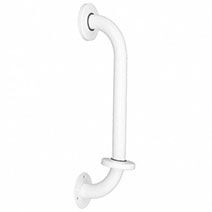
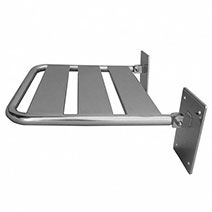
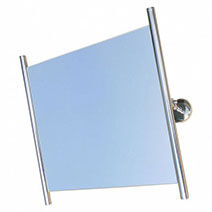
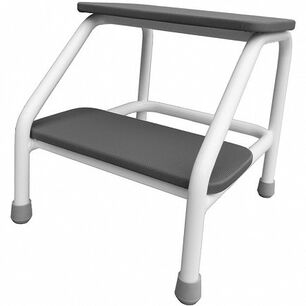
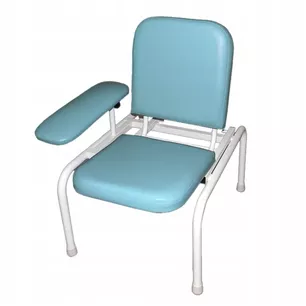
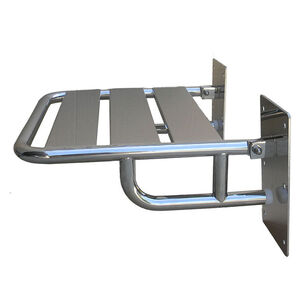
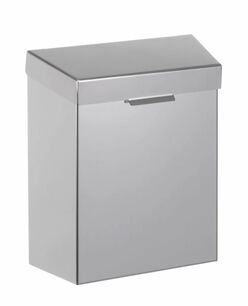
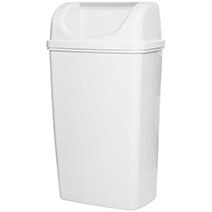
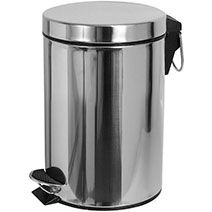
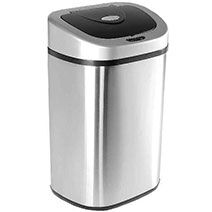
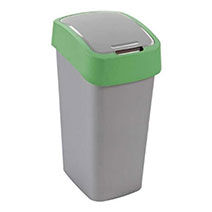
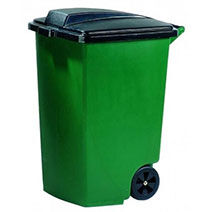
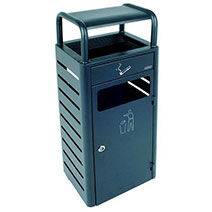
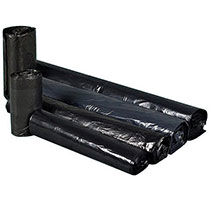
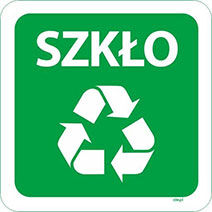
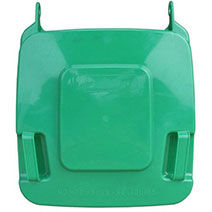
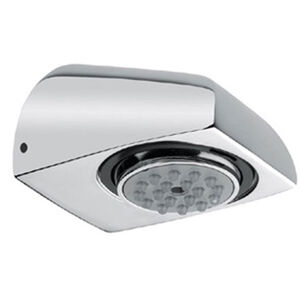
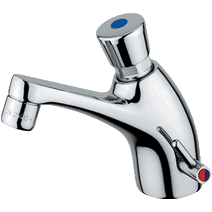
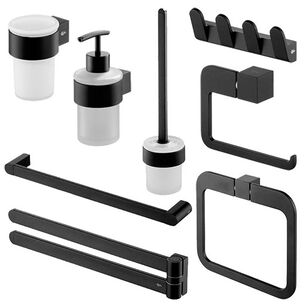
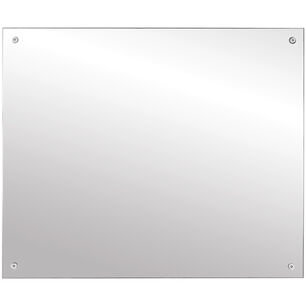
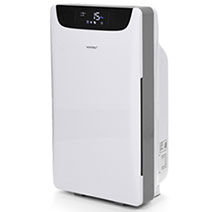
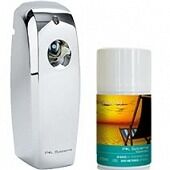

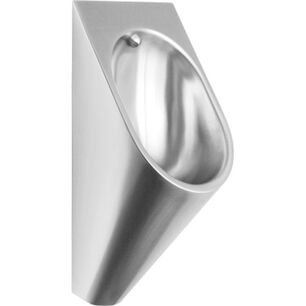
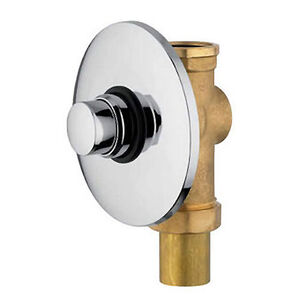
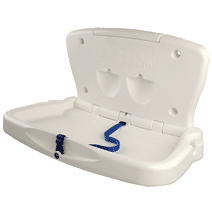
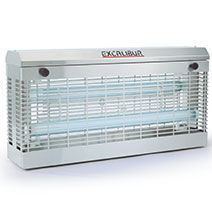
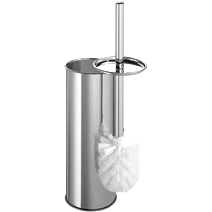
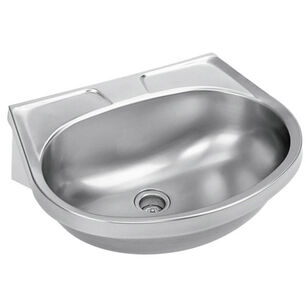
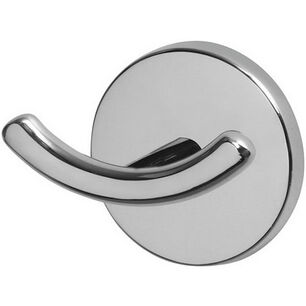
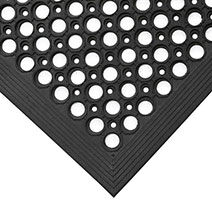
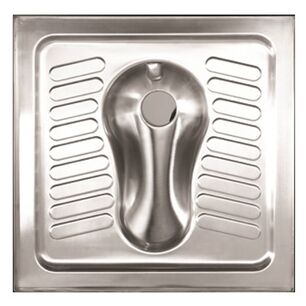
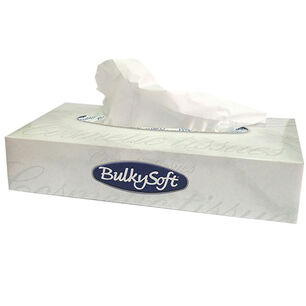
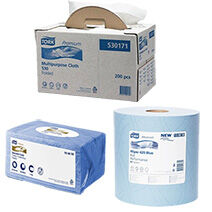
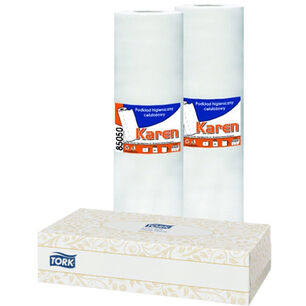
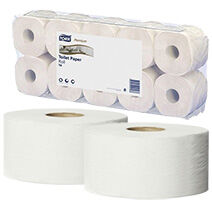
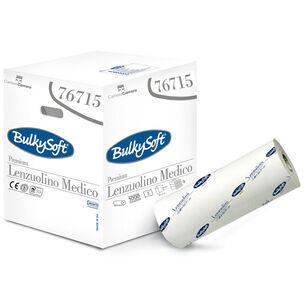
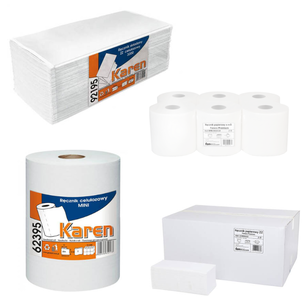
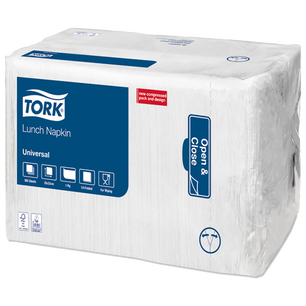
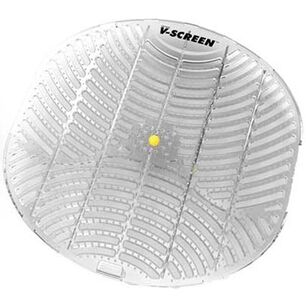

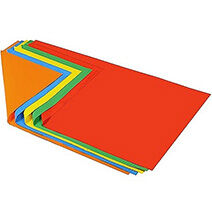
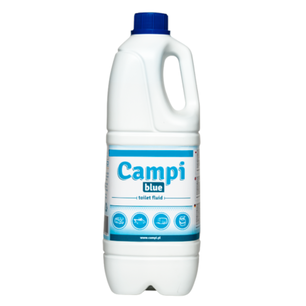
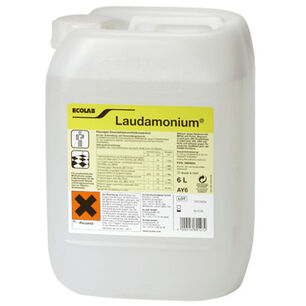
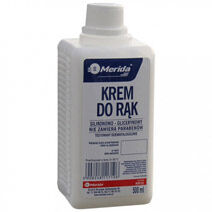
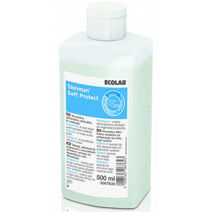
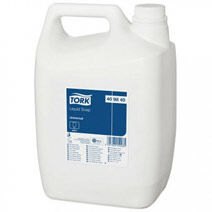
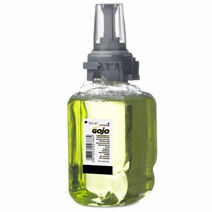
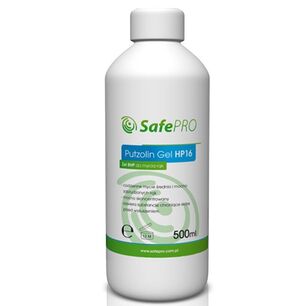
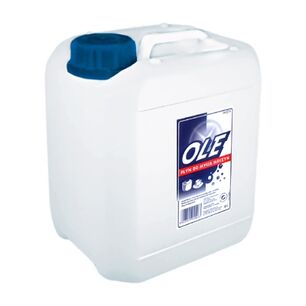
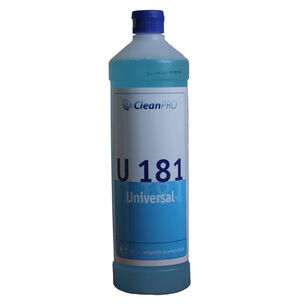
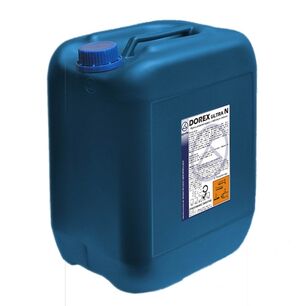
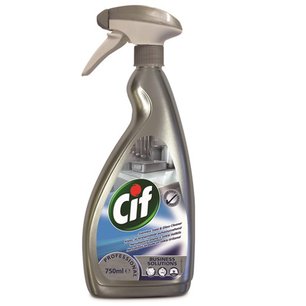
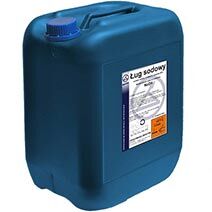
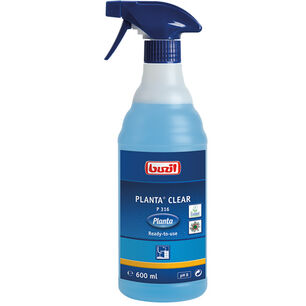
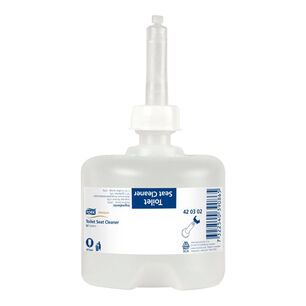
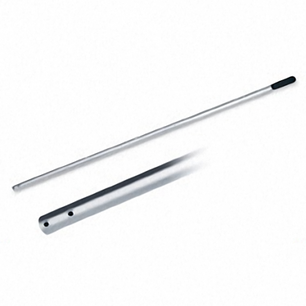
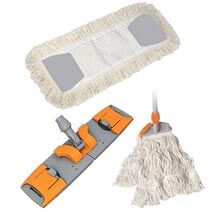
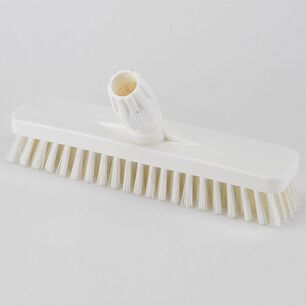
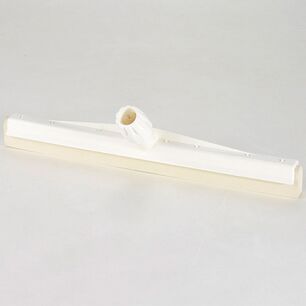
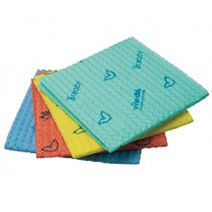
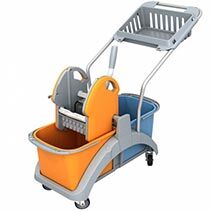
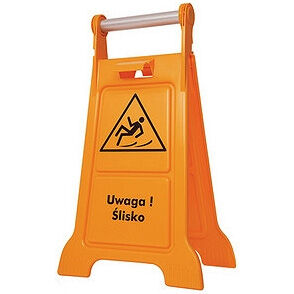
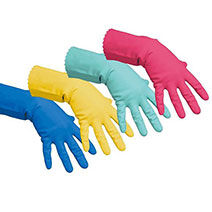
 Polski
Polski
 Czech
Czech
 German
German
 Spanish
Spanish
 Slovak
Slovak